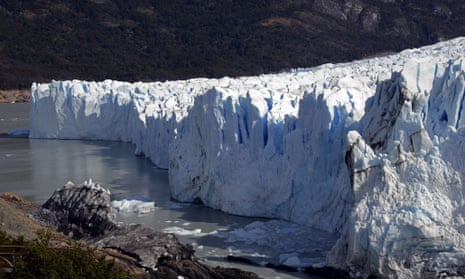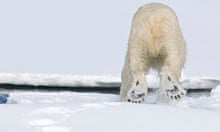Melting of glaciers caused by human activity has soared in the past 20 years, a study has shown.
Human influence is now the strongest driver of glacier melting, which has been occurring since the end of the “Little Ice Age” in the mid-19th century, it is claimed.
Between 1851 and 2010, only a quarter of glacial mass loss was due to human-induced climate change, scientists calculated. But during the last two decades of that period the human contribution rose to two thirds.
Lead researcher Dr Ben Barzeion, from the University of Innsbruck in Austria, said: “Typically, it takes glaciers decades or centuries to adjust to climate changes. In the 19th and first half of 20th century we observed that glacier mass loss attributable to human activity is hardly noticeable but since then has steadily increased.
“While we keep factors such as solar variability and volcanic eruptions unchanged, we are able to modify land use changes and greenhouse gas emissions in our models. In our data we find unambiguous evidence of anthropogenic contribution to glacier mass loss.”
The researchers, whose findings appear in the journal Science, used climate computer simulations to map glacier changes everywhere in the world outside Antarctica.
A global glacier database called the Randolph Glacier Inventory made the study possible.
The scientists reconstructed the area and volume of each glacier in 1851. Two different simulations then predicted how those glaciers might have retreated since.
One only included natural factors such as solar variability and volcanic eruptions. The other also incorporated human influences such as changes in land use and greenhouse gas emissions.







Comments (…)
Sign in or create your Guardian account to join the discussion